Talking Rugs With Old New House!
Old New House is one of my favorite resources for antique and vintage rugs online and is a great sponsor of EOS (what I call a perfect pairing!). Given the popularity of these rugs in design right now, I thought it would be helpful to do a little interview with the owners, Melissa and Dave, about these rugs and what the different styles are, how to care for them and what to look for. Oh, and BONUS–they are giving EOS readers a discount of 20% using code ERINGATES. Good for all of 2018! If you are a designer, they have a new trade program too which you can sign up for to receive even deeper discounts! Contact them here and request info on the trade program!
Here are some examples of different styles you can find on their site:
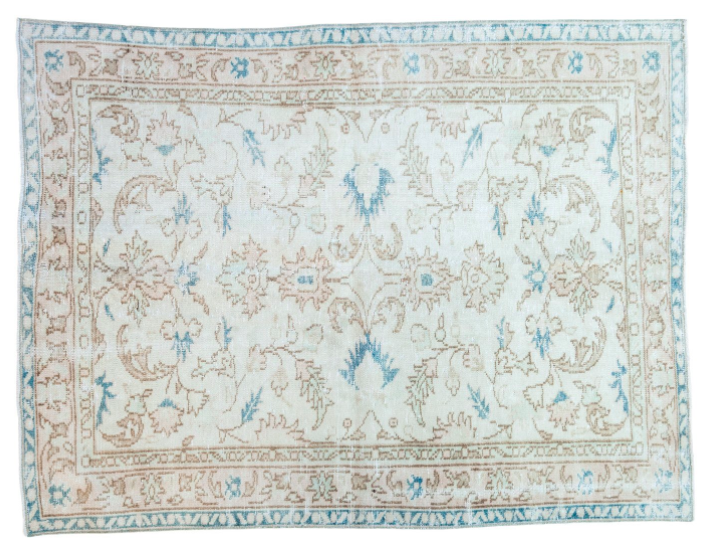
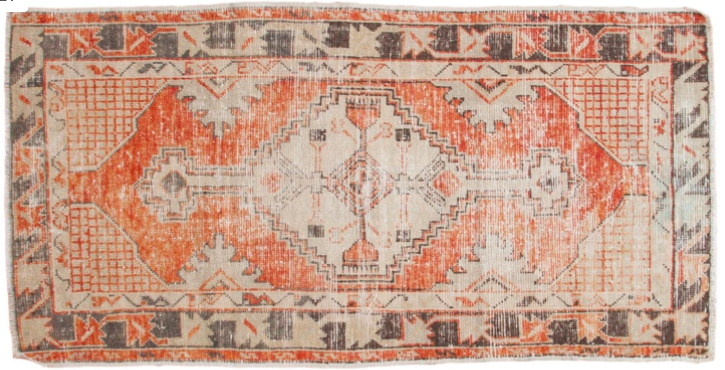
Vintage Distressed Birjand Rug:
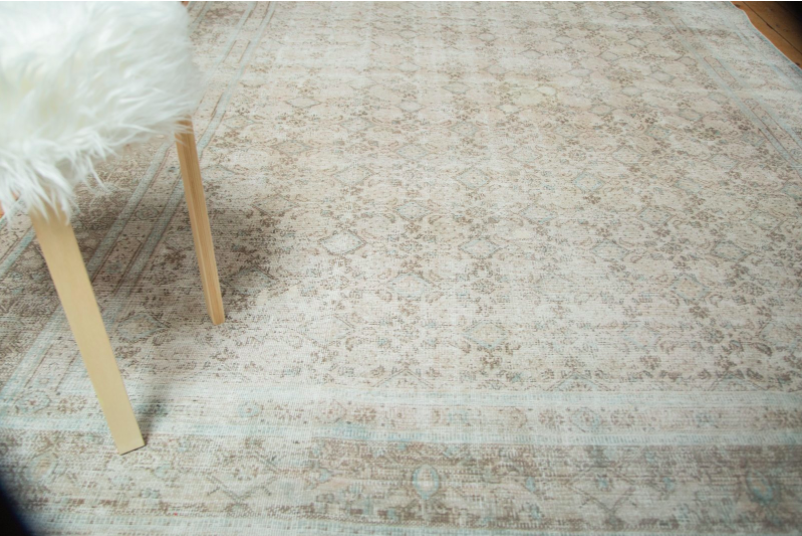
Antique Farahan Sarouk Carpet:
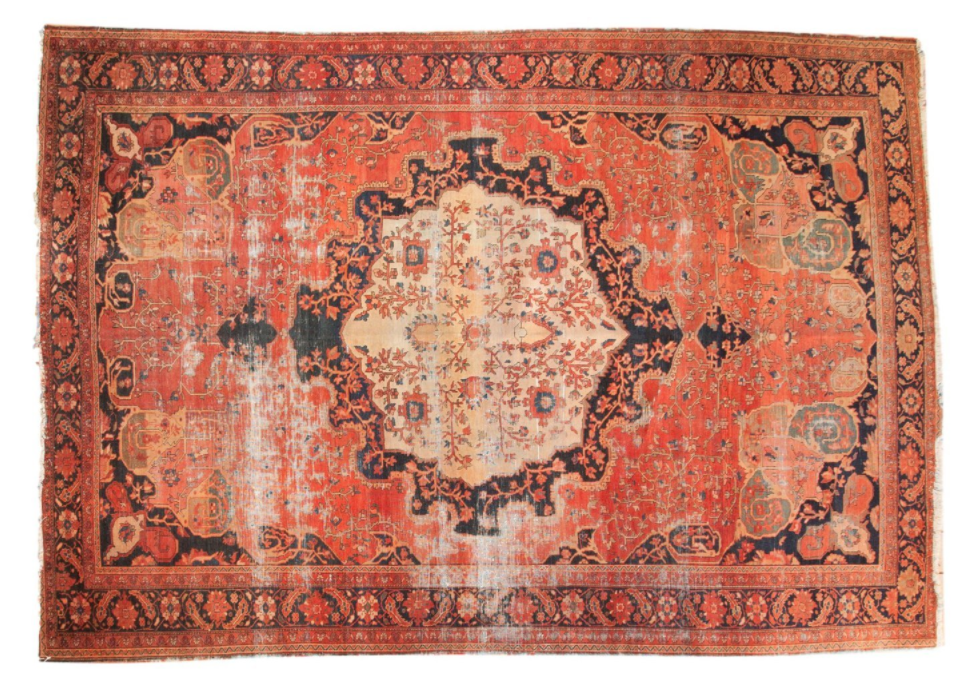
Vintage Distressed Sparta Carpet:
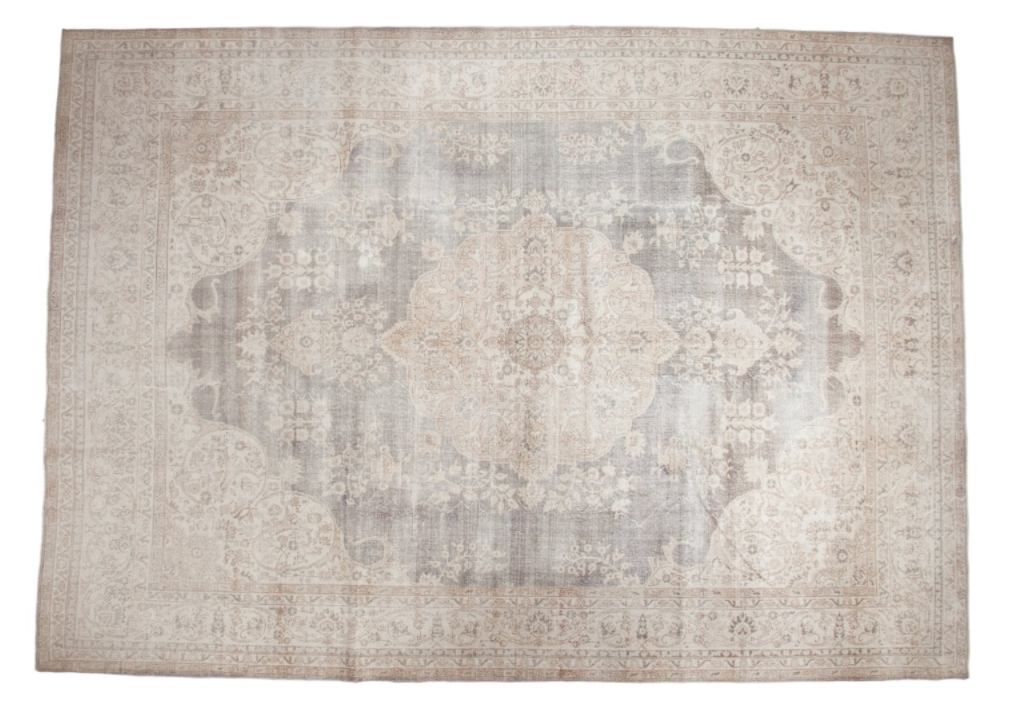
Vintage Distressed Khotan Carpet:
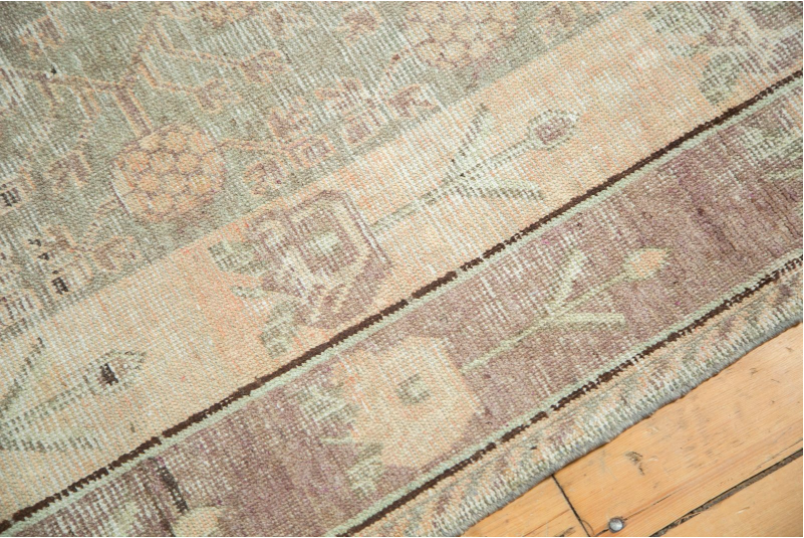
Vintage Distressed Mahal Carpet:
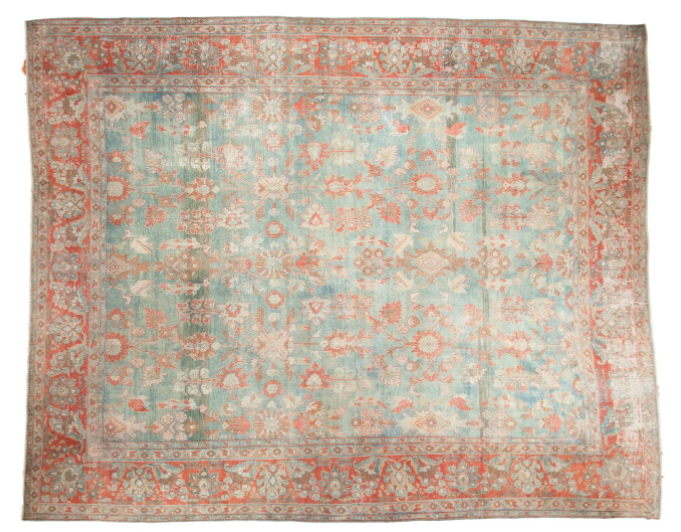
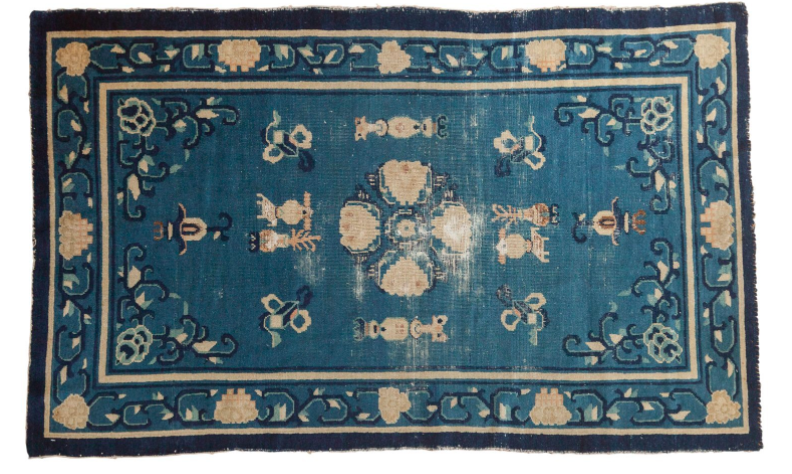
What’s the difference between “antique” and “vintage” rugs?
In the Old New House shop, an antique rug is one we place an estimated age of 100 old or greater. This is somewhat of a conservative approach to calling a rug antique (some say 60 or 80 years). Why do we not call an 60 or 80 year old rug antique? Many years ago, old customs import/export laws would only consider a rug to be antique if it exceeded 100 years old. Many museums and collectors still consider this to be true.
We consider a “vintage” rug to be one with a weaving date of +/- 40 to 99 +/- years old. Due to a high level of commercialization in the rug industry, we select the best of the best vintage rugs to offer in our shop – great quality wool and weave, awesome contrast or tone on tone.
Where do you source your rugs from?
As a boot strapped company, we started very small. In many ways our roots remain ingrained in our workflow, as much of our success grew from ties we established early on. We actively traveled, sourced from anywhere and everyone that we knew. We would go up and down the eastern seaboard, into mid America. In some cases this meant frequenting antique malls, antique shows, seeking dealers interested in shedding inventory. We soon found that to really pursue this hobby as a passion and a sustainable business, we had to build something scalable. By that time, we had established ties in the business which carried us through, with less spinning of wheels (literally!). We have many suppliers now from all over the World, and are constantly sourcing in new rugs in all different sizes and types
Pale, washed out rugs seems to be the hot thing right now. Can you tell us more about these?
Tone on tone carpets strike a cord with us, especially those that are sunned and faded. A seemingly completely washed-out rug may appear absent of design from the light side from a distance. However, a walk just a few steps closer to one end and the story may change. Go around from that end to one of the nearest corners, perhaps the hint of an intricately woven pattern may be slowly exposed. Continue circling a corner to one full side, the design and tones may pop a bit more. Go all the way around another corner 180 degress from where you were, standing at the other end of the carpet, you see the full contrast and maximum depth of colors. Light is now being absorbed into the tips of the cut wool pile, and you are seeing full saturation.
Right now the overall trends for many include allover design or medallion with covered field as opposed to medallion and open field. In new rugs, light colors bode well less gold tones of yesterday. Soft tones of blue, silver, beige, charcoal, and pastels are favorable. Some pops of rich and saturated colors are also coming through in new decorative rugs. Original principles of design are relatively consistent – good contrast or good tone-on-tone. On the old side of rugs, semi-antique carpets are being distressed (intentionally worn) and washed to give the added appearance of authentic age of an antique. In many ways the threadbare appearance of a favored pair of broken-in jeans is similarly applied to floor coverings.
What is something you have learned about rugs since starting out in 2011?
Melissa : I have learned that just like with fashion, I can be into all types of rug colors, designs, and types and it doesn’t always have to be “I only love Lilihans”. That certain colors and types feel like the perfect fit for one type of space and others for another. Also, we have learned that having major rug love is like a little club that we are very happy to be a part of – we created and are still in the midst of launching our new Rug Addict® brand because of this. It is beyond fun to connect with fellow rug enthusiasts because it is an art form that is just so special.
Dave: There’s a renewed love for rugs in all generations. Being a part of this is exciting. I believe many in our generation are quickly identifying with something we relearn every day: The unique character and nuances in a rug are limitless, which is captivating and intriguing – not just to us, but to anyone. We are ever reminded of this!
How do you care for and clean antique and vintage rugs?
Hand-knotted rugs are much more forgiving than people give credit, and in the event that something dramatic were to happen, there are always remedies and ways to minimize the downsides of soiling, spills, etc. We are now sending out our Old New House “Little Rug Book” to our customers that has care instructions within it. Most rugs (assuming they were professionally cleaned prior to purchasing which all of the ones we sell are) only need to be vacuumed once a week, and for the most part professionally hand-washed every 2-5 years is adequate. Spot treatment is rather simple – among the most effective inputs for treating a stain include coarse table salt, seltzer, mild detergent and vinegar.
Not only does ONH sell an amazing variety of rugs, but they also have accessories, art, pillows and throws and much more!
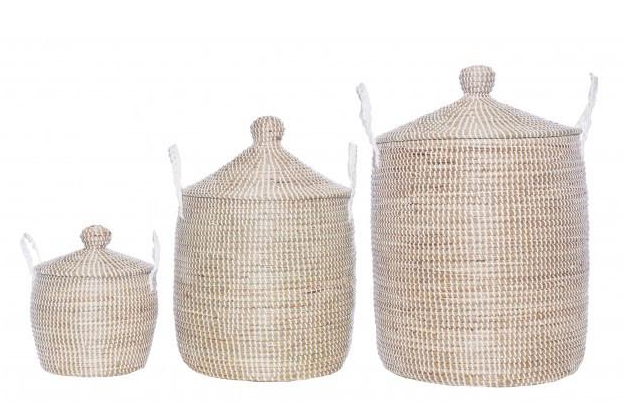
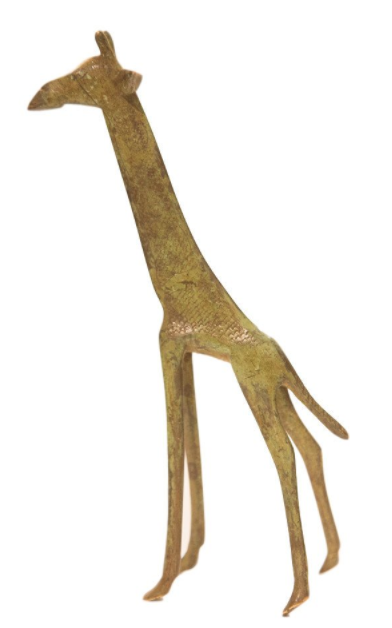
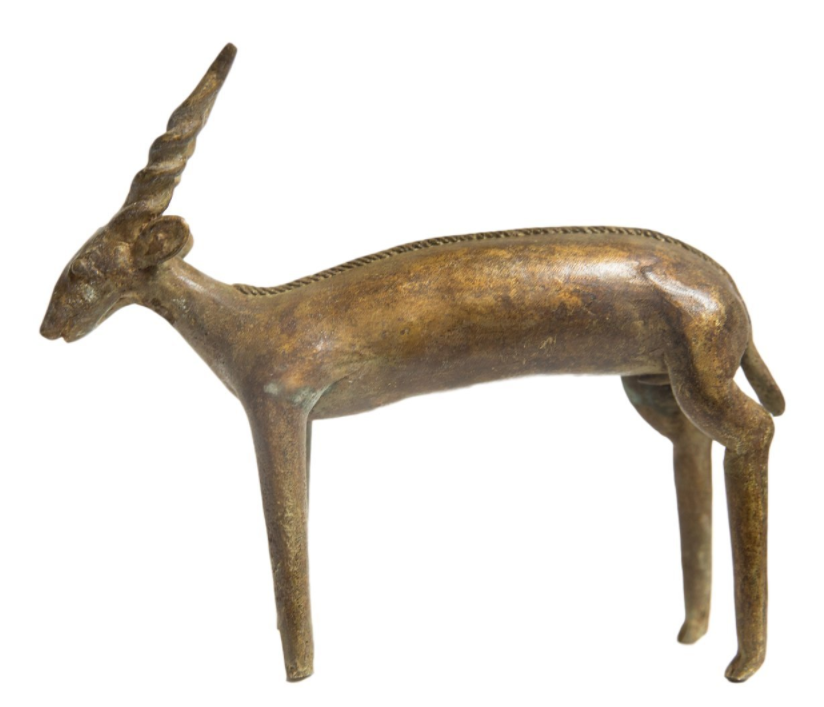
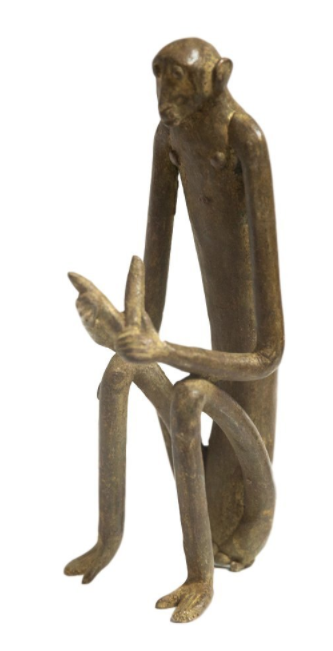

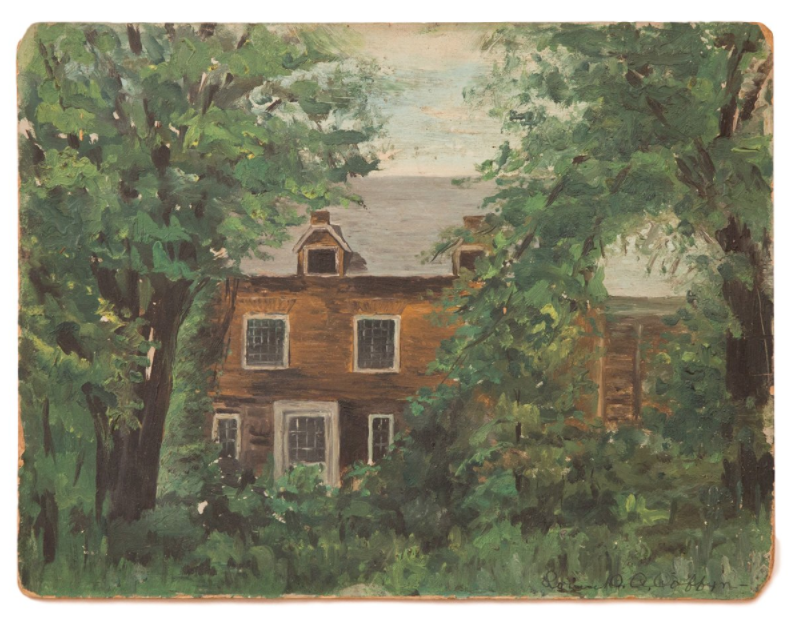
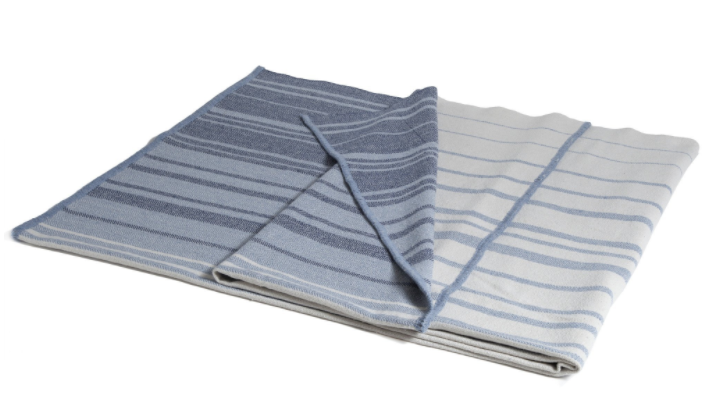
*This post was sponsored by Old New House. All selections and opinions are my own. Thank you for supporting those businesses that help keep EOS going.






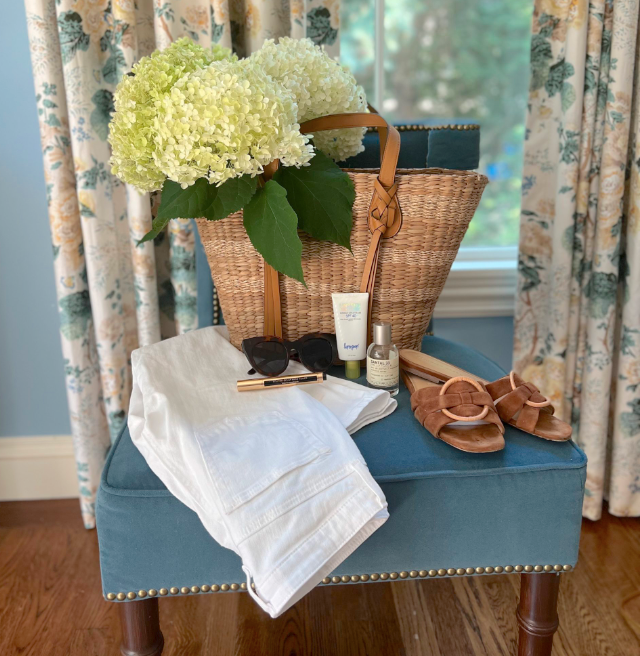
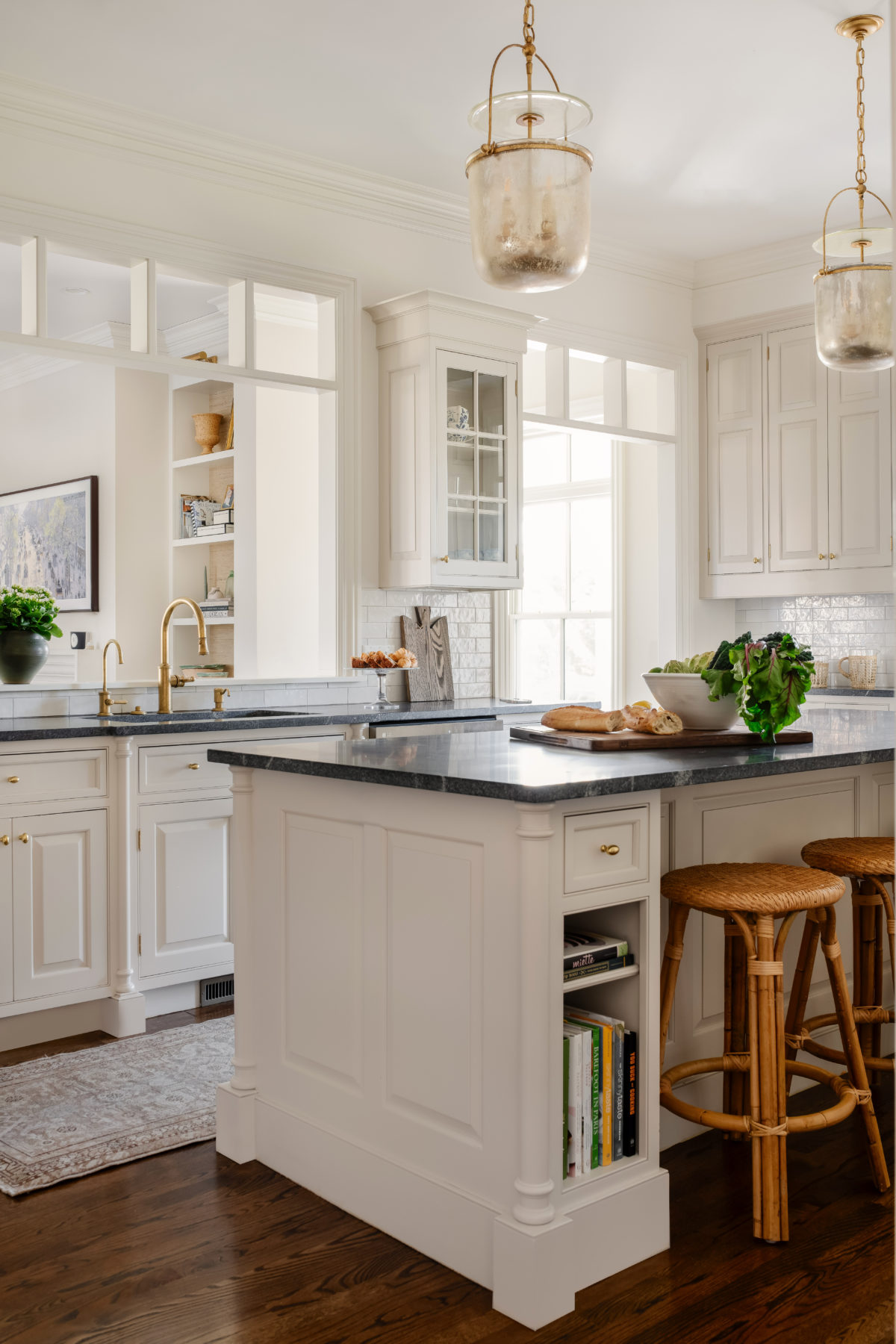

Thanks For Your valuable posting, it was very informative.I am working in Commercial Interiors in chennai
Erin –
Can you share a pro tip on how to keep a rug from curling up on the edge? Is there a tape for this that won’t destroy the floor? HELP!
They are a great shop, great rugs, and GREAT customer service! I’m so happy with my rug I purchased from them last year. It is perfectly faded and a bit tattered, just the way I like it. Excited to have this coupon code……..I know I will be shopping again. Thanks Erin, Melissa, and Dave!
Great post! I like the format.
Question: I am considering a prob semi vintage rug that seller says is supposed to be reversible. My feeling is it looks like it is laying upside down when reversible. Is this accurate? Are these rugs truly reversible??
Love this, thank you! Erin, you posted an Instagram of a Momeni rug when you were in ATL in Jan. It looked like an ivory color with some muted blue gray. Do you know anything about that style? I’m ordering one of yours for our bedroom but the one from the picture would be a great fit for our living room, and I can’t seem to find it on their site! Can you share any details? Thanks!
It was one of a kind and I bought it for a client! Sorry!!!!
Ahh, gotcha. Thanks for the reply! Lucky client!
Love this post and this resource for vintage rugs! I would love an updated post on rug sizing and what is appropriate. I am trying to find the best size rug for my 10×10 nursery- do I fill the whole thing up or leave a boarder of the hardwood around? I don’t want the crib half on/ half off though? Also will I lose my mind if my baby pukes or poops on a gorgeous new EG rug?? Or am I just a hormonal crazy right now and it will be fine? Help!
Sarah, I have several rugs from Iran, Pakistan, etc. that are vintage. My dog has thrown up, peed and pooped on them, and you can’t tell. I use Nature’s Miracle (which is for animals – so not sure if it works on baby stuff – but you would think it would!) as instructed and the stains come out at least 95%. And, the good thing about patterned rugs in many colors is that if there is a little discoloration you can’t really see it.
Also, I think you definitely want to leave a border of hardwood around the rug.
Good luck!
Completely off topic question but I’m frantic. Baby is due in a month and I’ve realized I’m not happy with the RHBaby bedding I purchased (it should be french blue but is a muted grey). I’ve found a fabric I like via Etsy that I would like to turn into a crib skirt but I’m no seamstress. Do you know of any Etsy sources who would I can work with to have fabric made into a skirt?
Lots of Etsy sellers make custom crib bedding. Just search “custom crib bedding” or “custom crib skirt” on Etsy, and then send them messages explaining your situation.
You might be able to find someone local to you. Check with a local fabric store or look for a seamstress or alterations on google maps.
Lynn Chalk can do bedskirts; she’s on Etsy.